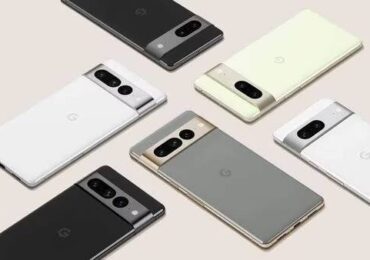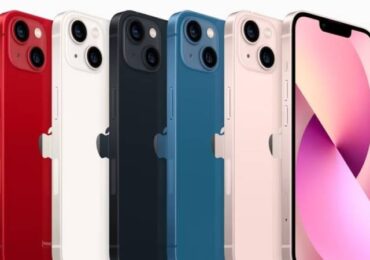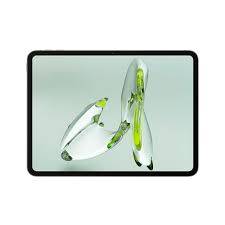There are notable similarities between the Pixel 8 and Pixel Watch 2. One is apparent—the inclusion of temperature sensors, which, in my opinion, make more sense in a wearable device than in a smartphone. The other is a bit more subtle, highlighting the fact that updates in the world of mass-produced consumer hardware are typically evolutionary rather than revolutionary.
The previous two iterations of the Pixel phone were evidence of this evolutionary approach. While the Pixel 6 aimed for innovation, subsequent devices have focused on refinement. In contrast, the first Pixel Watch was the result of extensive time and financial investments, including Google’s acquisitions of Fitbit and Fossil IP, among other companies like Pebble and Misfit.
For years, Google relied on third-party manufacturers to produce Wear OS hardware, which failed to significantly impact market share. To address this, Google made two strategic moves: persuading Samsung to transition from the Tizen operating system on their smartwatches and developing its own wearable device. Similar to its approach with the Pixel phone line, Google decided to take control of its hardware destiny.
Given the substantial effort put into creating the original Pixel Watch, it’s unsurprising that its successor doesn’t represent a significant leap forward. It seems Google expected most Pixel Watch owners to opt for an upgrade, but the Pixel Watch 2 doesn’t offer compelling reasons to do so.
The key improvements in the Watch 2 include the new sensor and a switch from an Exynos processor to Qualcomm’s latest offering. However, the real highlight of the Watch 2 is its deeper integration with the Fitbit platform. Google recognized early on that health monitoring is the primary driver of wearable devices and acquired Fitbit to leverage its expertise.
The design of the original watch, likely influenced by the Fossil IP acquisition, remains a strong point. It’s an attractive piece of hardware with a minimalist design, making it adaptable to various styles. However, like its predecessor, the Watch 2 is only available in one size, which may not suit all body types. The smaller size also means a smaller screen, with the Watch 2’s screen measuring 1.2 inches compared to 1.69 inches on the smaller Apple Watch.
The design provides a secure connection between the watch and band, and the charging puck has been improved to enhance charging speed. The device’s battery has been slightly upgraded, but the chipset plays a significant role in battery life. The Watch 2 can comfortably last a full day, eliminating the need to choose between fitness and sleep tracking.
The addition of skin temperature and stress sensors brings the Watch 2 in line with Fitbit’s capabilities, addressing the previous gap between the original Pixel Watch and Fitbit. Health tracking and software were the primary goals of Google’s Fitbit acquisition, and the Watch 2 continues to deliver on those promises.
At $350, the Watch 2 is priced $50 lower than the Apple Watch Series 9 and $50 higher than Samsung’s Galaxy Watch 6, its main competitor in the Wear OS market. Additionally, users may consider the $10 monthly Fitbit Premium subscription for the full experience.
While the Watch 2 may not bring groundbreaking changes, it addresses many of the original device’s shortcomings and maintains its position as one of the top smartwatches available.





